As seniors browse the course catalog hoping to choose which science electives to take, they read about the mandatory courses such as physics, chemistry and biology. Past these courses, Hockaday gives students the opportunity to take electives in robotics, biophysics and neuroscience.
Three years ago, Upper School science teacher Katie Croft, who has a Ph.D. in Neuroscience, approached Science Department Chair Marshall Bartlett with the vision of starting a class focused on neuroscience: Investigations of Fundamental Neuroscience.
“It’s really about trying to generate a love of learning about the brain,” Croft said.
Bartlett liked Croft’s passion about the subject and how the course integrates all the disciplines of science required in Upper School: physics, chemistry and biology.
“You need all of those disciplines to understand complex questions like how the brain functions,” Bartlett said. “Having access to electives that integrate all of those things together shows how the sciences aren’t really separate from one another.”
Three years later, Investigations of Fundamental Neuroscience,a seniors only course, has grown from one class per year to one class with about 15 students in both semesters.
Seniors Emma Paine and Emily Christopher decided to take the course this year because they are interested in studying medicine and neuroscience, respectively, in college.
“I’m very glad they started this class because I know that there are a lot of girls interested in medicine and neuroscience,” Paine said. “I think making classes that pertain more to careers and not just general education is really important.”
But not all the seniors taking the course necessarily want to study neuroscience or even medicine in college. Yet, they all share a common interest in learning about the brain.
Croft believes that the interest in the brain is inherent in everyone because we all have one. Most people either are related to or know someone who has some type of neurological disease, whether that be a learning disorder or schizophrenia.
In Investigations of Fundamental Neuroscience, Croft structured the class with a variety of labs in which they explore all questions of the brain. Recently, the seniors dissected a sheep’s brain.
“We got to see parts of the brain while we were learning about them,” Christopher said. “I really like that hands on approach.”
Besides labs, the class generally has readings for homework which they generally discuss in the next class instead of a series of lectures. Since Croft’s specialty is cognitive neuroscience, the class focuses on the cortex and cognitive functions such as language, memory, motor functions, perception and other aspects. However, the students still have the ability to focus or spend some class time on aspects of the brain that fascinate them.
“There is always new research coming out about neuroscience,” Croft said. “I always try to incorporate as much cutting-edge research as I possibly can into the class”.
For example, new research in early August revealed that 97 new regions of the brain have been uncovered by a vast and massive experiment with over 1200 participants and new technology. Even though scientists don’t exactly know what the functions of each brain region are, it highlights how much is unknown about the human brain, a huge frontier for discovery and inquiry.
Despite this influx of new research, Neuroscience is generally not a high school level course.
“If you look at other schools in the area, there aren’t very many of them that offer something this innovative and interesting,” Bartlett said. “This course sets [Hockaday] apart.”
– Maria Harrison – Asst. Features Editor
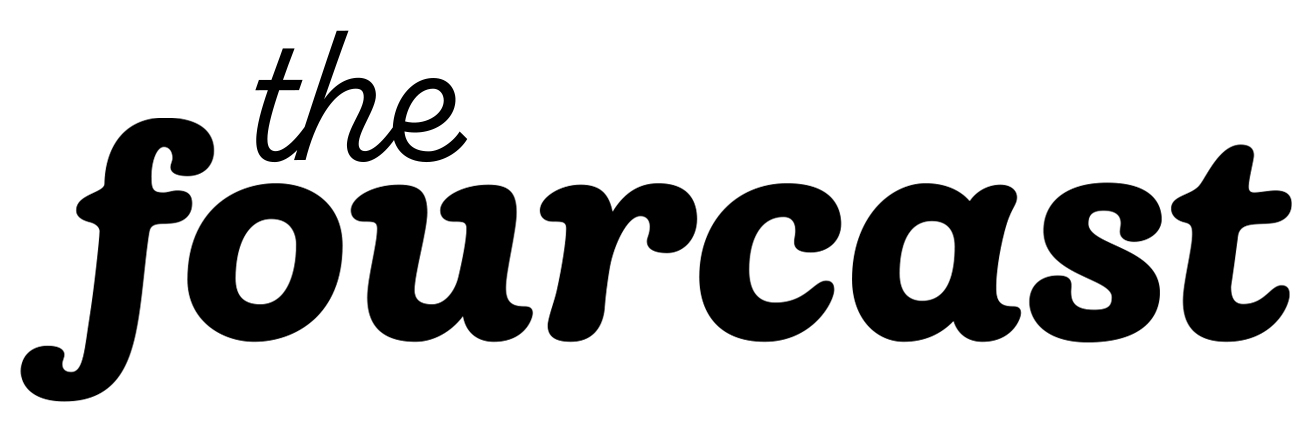

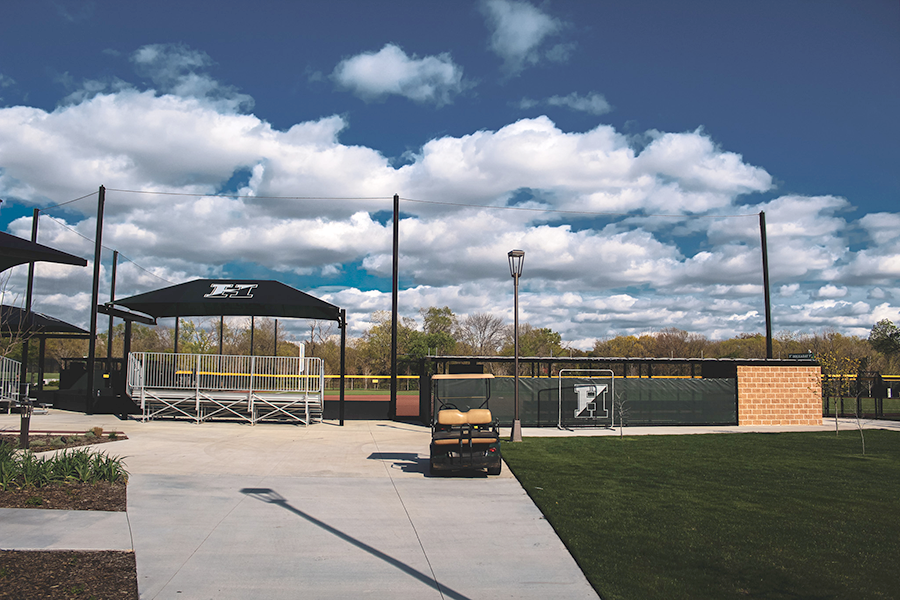
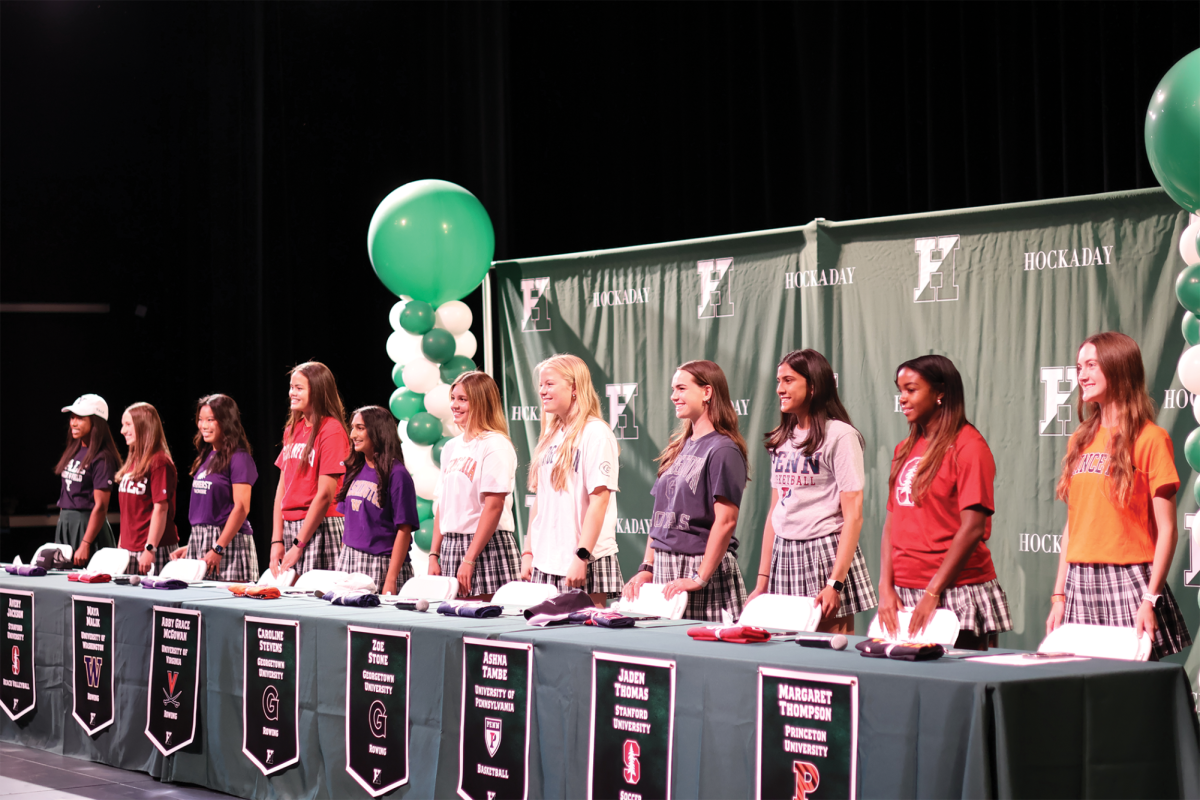

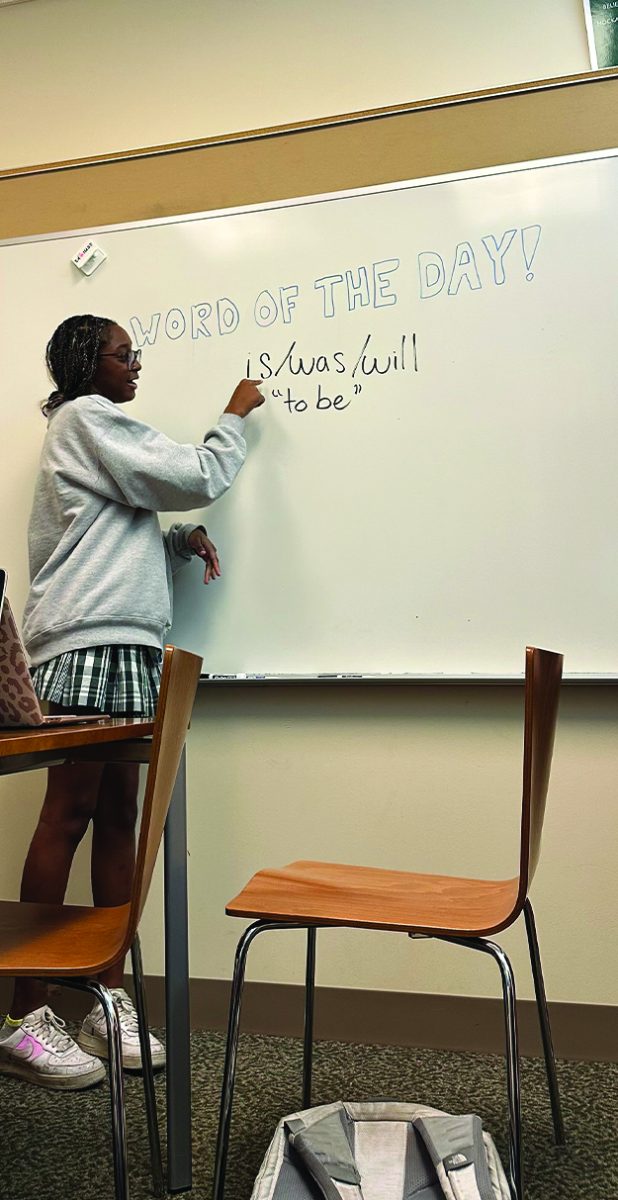



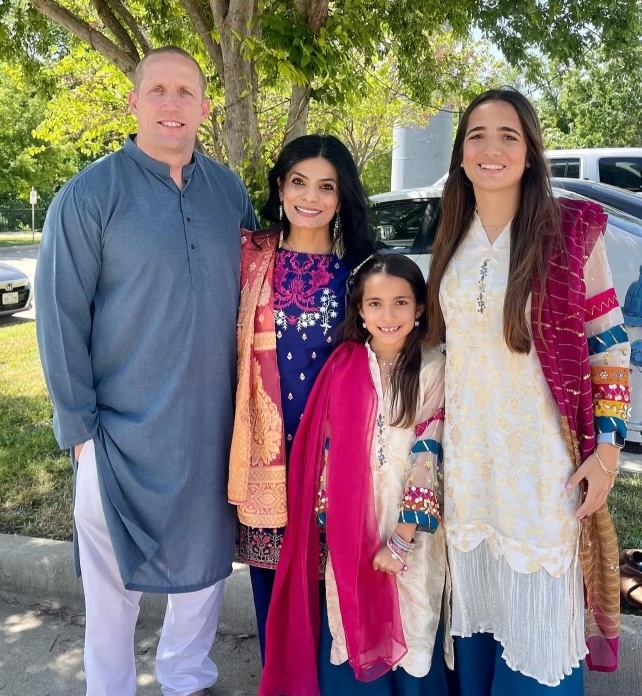
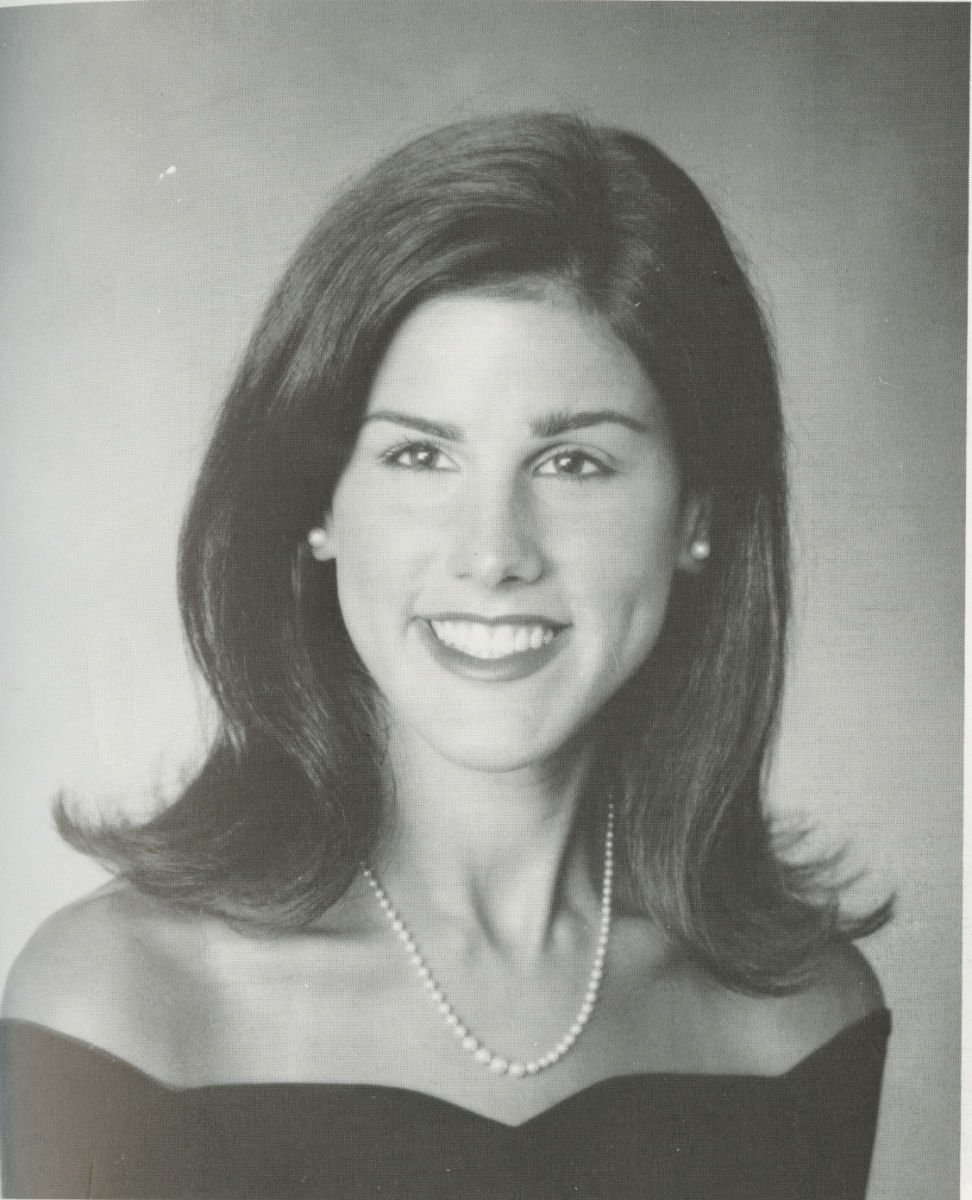
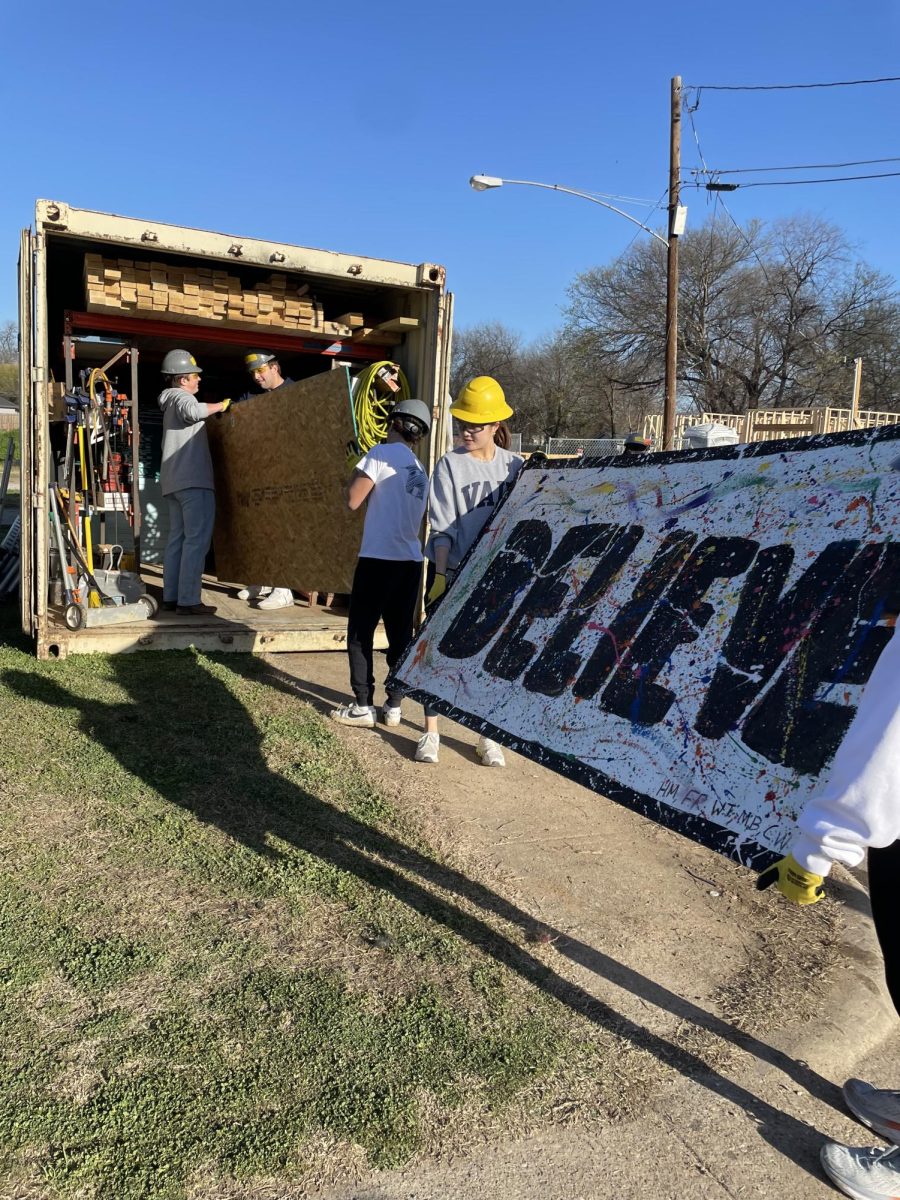
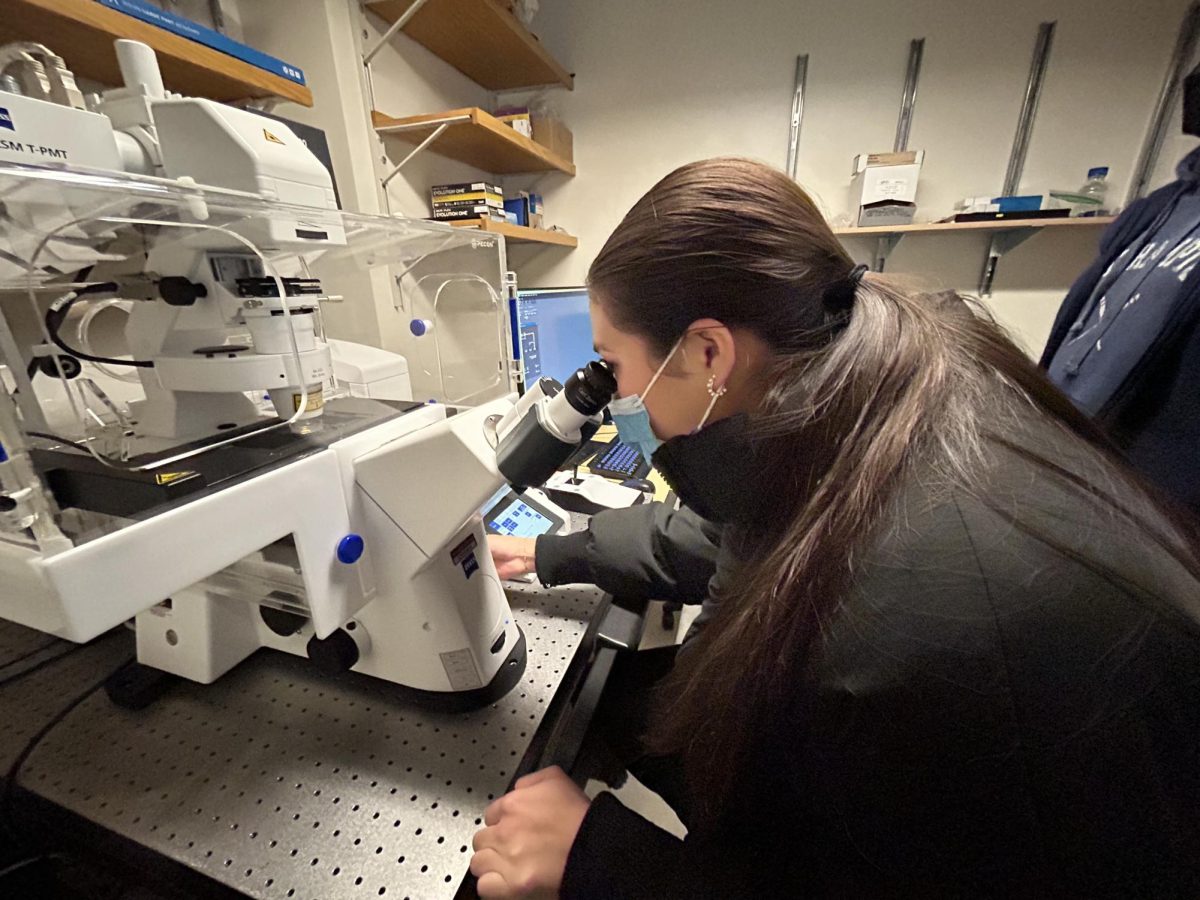
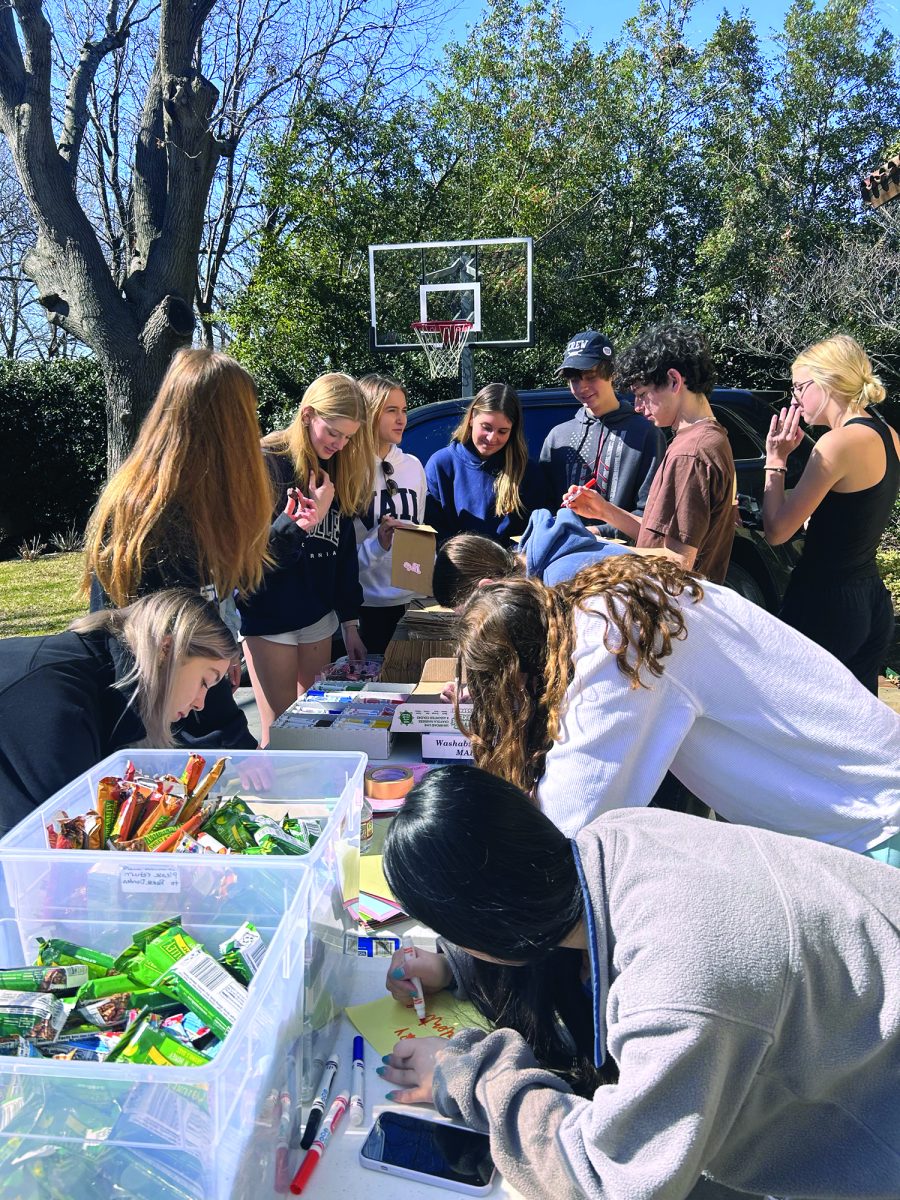






Genny Wood • Sep 12, 2016 at 8:39 am
great title for a great article